Pedilanthus titimaloid: what does it look like and how to care for it?
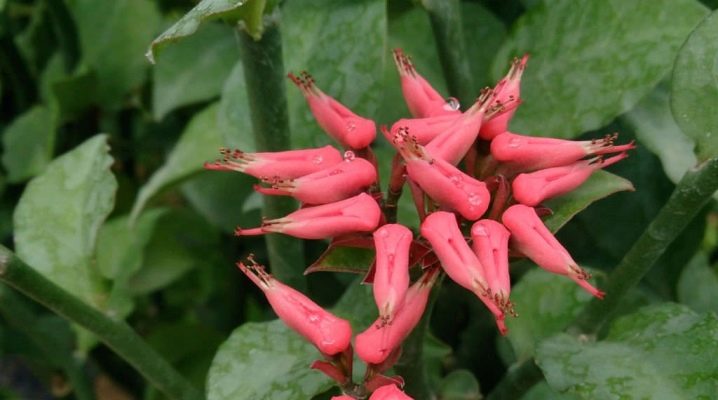
Pedilanthus titimaloid can be seen in many homes. It is considered an indoor decorative flower, which belongs to the euphorbia plant family. Perhaps because of the complex name of this plant, you did not know about its existence in your home. They brought him out in the vastness of Central America, that is, the climate he is accustomed to is tropical. However, breeders were able to adapt this plant to almost any natural conditions, so today we can observe it in people's homes on various continents.
Description
Pedilanthus grows in the form of a branched shrub or small tree, the height of which can reach more than one and a half meters. The leaves are elongated with a pointed tip of light green color, along the edge the leaf is painted white. Some varieties of this flower have a small fluff on the surface of the leaves, others are represented by smooth leaves, the length of which reaches 10-12 centimeters.
Pedilanthus blooms in the form of several elongated flowers, collected in separate umbrellas. Their color can be from bright red to calm pink, and the length of one bud is on average 2 centimeters.
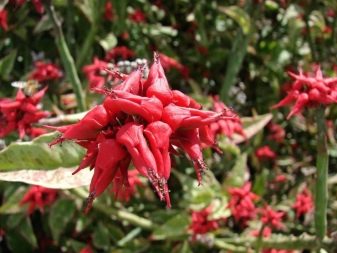
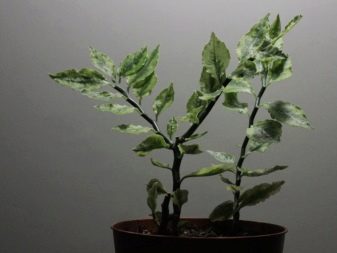
Home care
One of the reasons for the prevalence of this houseplant is its ease of maintenance. Titimaloid pedilanthus loves well-lit rooms, but does not tolerate prolonged exposure to the sun. Usually, it is placed in rooms either in the east or in the west.
The temperature regime is also very important for the full development of the flower. During the summer months, it can be placed on a balcony or in a gazebo, as it loves fresh air. In winter, as well as in the first months of spring, it is better to place the pedilanthus in a closed room (room), the temperature of which will be approximately +23.25 degrees.
However, before flowering, the plant should be moved to a room with a rather low temperature - about +15.18 degrees Celsius.
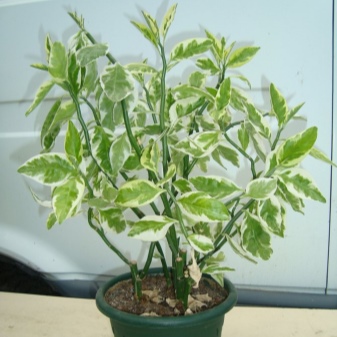
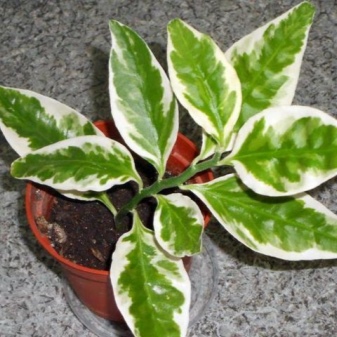
It should be borne in mind that pedilanthus does not tolerate drafts and air with low humidity levels. This can provoke the plant to throw off a large amount of foliage. If the flower drops a few leaves, this is quite acceptable for him, especially in the winter season.
In winter, the flower falls into the so-called state of dormancy, during this period watering is slightly reduced in comparison with watering in the summer and autumn months. In summer, pedilanthus must be watered as soon as the soil begins to dry out. The water should be separated and at room temperature. Periodically it is necessary to carry out a "shower" from a sprayer with water or a mixture of fertilizers. It is best to feed the plant with additional micronutrients at least once a month. The main thing is that the composition does not contain nitrogen components that are poisonous for this type of flower.
In order for enough oxygen and moisture to enter the ground, it should be periodically undermined.
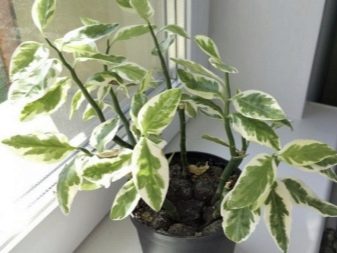

The soil for the flower must be mixed from several components - sod land, leaf and ordinary sand. At the bottom of the pot, it is necessary to lay out a layer of expanded clay, which will prevent water from stagnating in the soil and decay of the plant's root system.
For normal growth and development of the pedilanthus, it is necessary to systematically prune, that is, remove the lateral branches. Thus, the plant will always look well-groomed and healthy.After this procedure, the flower does not need to be moistened, but only to treat the trimmed areas with sulfur. You need to cut the branches with sharp garden shears.

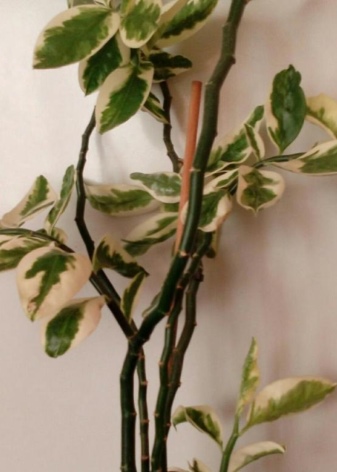
Propagation by cuttings
For those who decide to reproduce the pedylanthus titimaloid in a vegetative way at home, it is necessary to prepare cuttings of a healthy adult sample by cutting them off from the crown, their length should be about 10-12 centimeters.
After that, the cut pieces are washed in water and dried over the next day. Then the cuttings are buried in a previously prepared container with sand in a room with an air temperature of +23.25 degrees Celsius.
It is not worth making an additional greenhouse for the shoot, as this can lead to the beginning of the process of rotting of the plant.
Root formation begins to take place after three to four weeks. After this time, we move the pedilanthus process into a permanent pot.

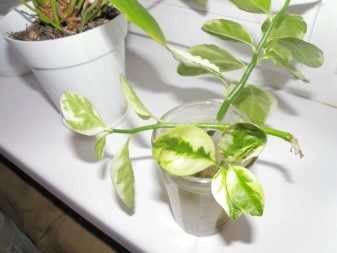
Transfer
With good growth of the flower, it is periodically necessary to transplant the pedilanthus into a freer container. This process should take place in the spring during the formation of new leaves. The pot is selected approximately the same in width and height and slightly larger in volume than the previous one.
The transplant should be carried out as soon as the root system grows to the size of the pot itself. In the first days after transplanting, the plant must be placed in a darkened corner so that it can adapt.
After direct contact with the plant, it is necessary to wash your hands well with soap and water, as the plant throws out a poisonous liquid. It is best to wear rubber gloves. Pets and children should not be allowed to come into contact with this plant for the same reason.
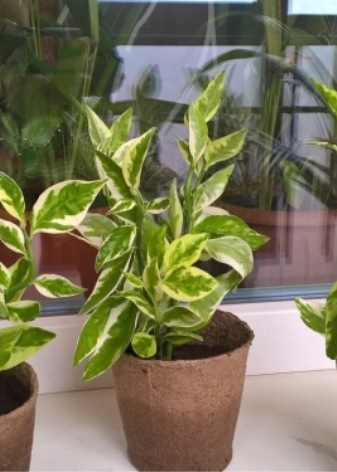
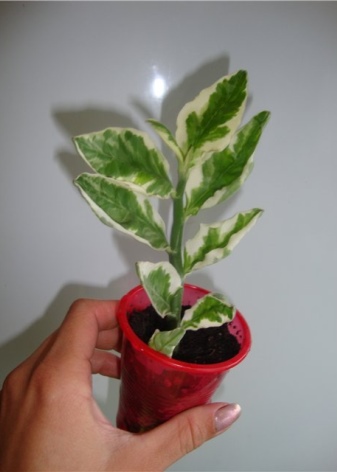
Bloom
The flowering of pedylanthus titimaloid is presented in the form of the appearance of small elongated red flowers, collected in separate umbrellas on the stem. With proper care and timely watering and feeding of the plant, problems with its flowering should not arise. But if this did happen, then the reason is most likely, if not in illness, then in improper care of the flower at rest.
In order for the plant to bloom on time, you need to reduce the temperature in the room to +14.16 degrees. Watering is necessary less often - once a month without additional nutrient mixtures. Subject to the above conditions, your flower will definitely bloom.
Another reason for delaying flowering can be a draft or lack of light.
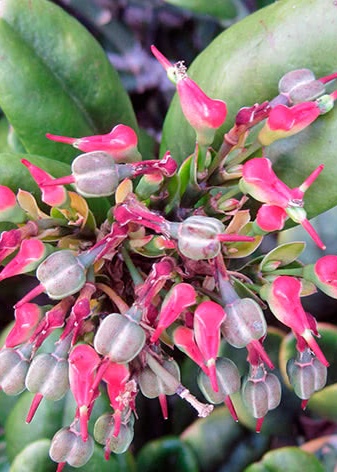
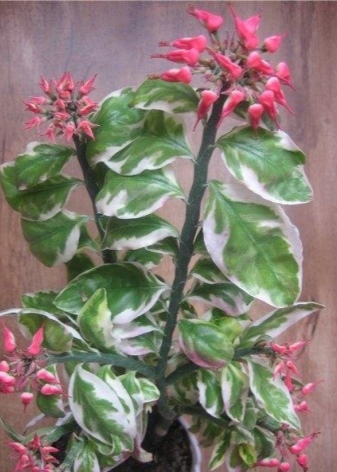
Diseases and pests
Provided good care of pedilanthus, there should be no problems with pests and diseases. This plant is quite resistant to various diseases and parasites. However, if the plant begins to behave differently than before, this can be caused by a number of reasons that must be eliminated soon. If this is not done in time, the plant may die.
- The leaves of the pedilanthus began to take on a pink tint. This is perfectly acceptable for this type of flower. This can be due to the long exposure of the plant to the sun. In this case, the leaves may begin to turn pink along the rim, but they will not completely change their color.

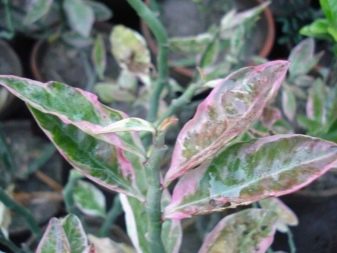
- The plant sheds its leaves. In winter, when the flower enters a dormant state, leaf shedding is quite acceptable, but, of course, not all. In the event that this happens in the spring or summer, this indicates that the conditions of existence are unsuitable for pedilanthus. Another reason for leaves falling off may be dry soil or, conversely, moisture retention in the container. To do this, initially pedilanthus must be planted in pots with a drainage system or expanded clay. The loss of foliage by a plant can result from its long-term stay in direct sunlight or, conversely, with the constant presence of a flower in a dark room. Everything should be in moderation.
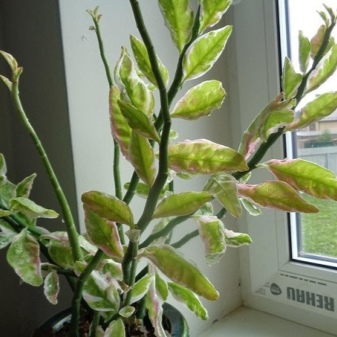
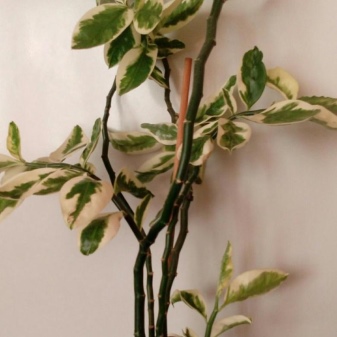
- Leaves red. This is also quite typical for pedilanthus.From a long exposure to the leaves of the sun's rays, they acquire a dark red hue.
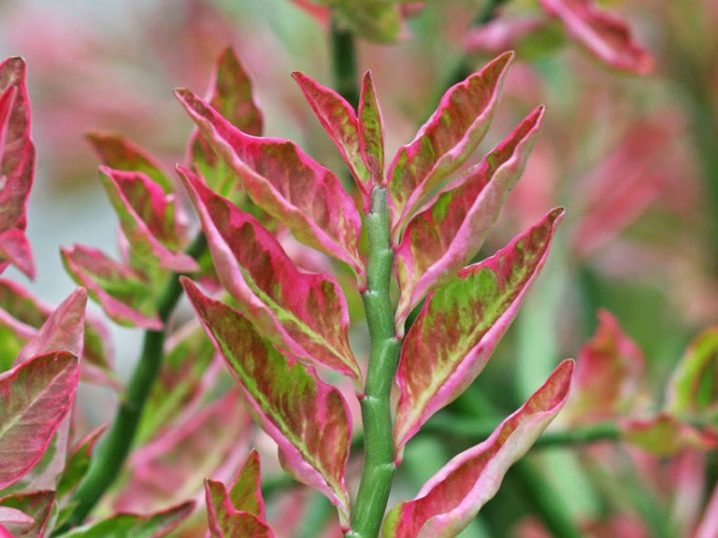
- A small cobweb appeared on the plant. This may be due to a parasite such as the spider mite. In this case, the affected leaves are treated with concentrated medical alcohol. Another effective remedy in the fight against this pest is laundry soap, which is applied to all leaves of the plant with a sponge and left for 2-4 hours, after which it is washed off with water. And also the pot is treated with soap and the earth is treated with soapy water. From chemicals, acaricides will help.
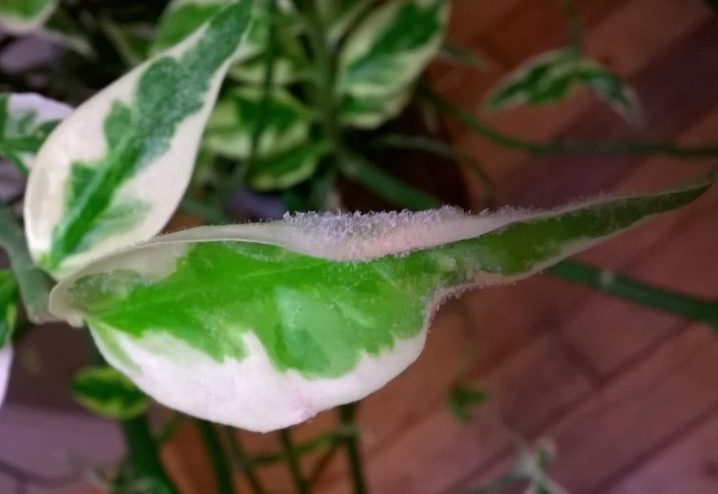
- Among the pests that can infect this plant stand out - aphids, aleurodids. If the pedilanthus has been affected by one of these parasites, it is necessary to spray the plant with special preparations that are designed to combat harmful insects. There are quite a few varieties of them, which one to choose, sales consultants in agricultural stores will help you.
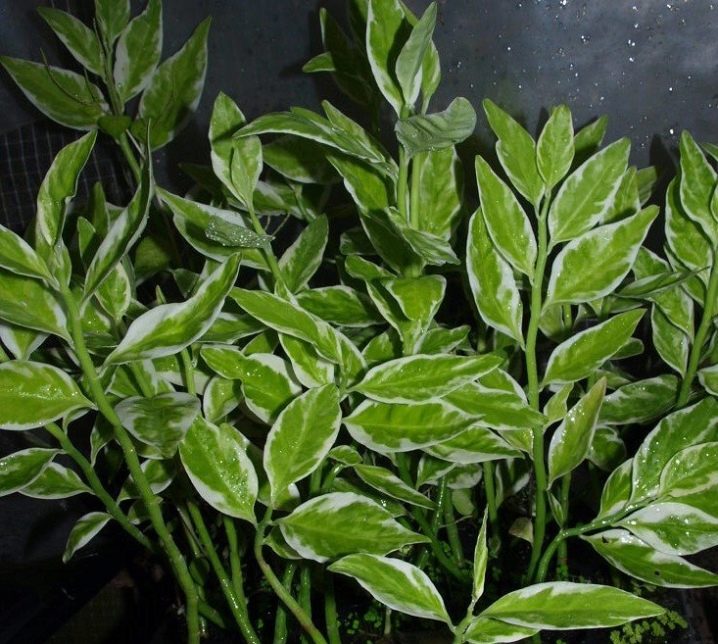
A plant such as titimaloid pedilanthus will decorate the interior of any room. Its discreet appearance will fit well into the design of any room, and its ease of maintenance at home only adds to it balls.
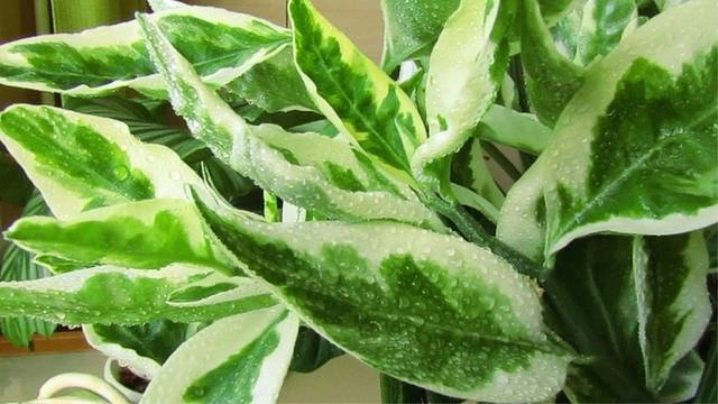
You can learn more about the features of caring for Pedilanthus titimaloid in the following video.
















































The comment was sent successfully.